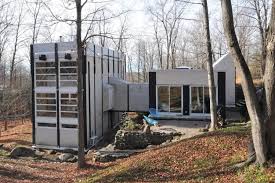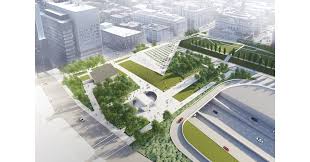Understanding Ville de Gatineau: A Dynamic Community in Quebec

Introduction
Ville de Gatineau, located in the Outaouais region of Quebec, is one of the largest cities in the province, known for its rich culture, history, and natural beauty. The city is situated directly across the Ottawa River from Canada’s capital, Ottawa, making it a strategic location for economic growth and tourism. In light of recent developments and demographic changes, Gatineau plays an increasingly important role in the regional economy and lifestyle of its residents.
Current Developments and Growth
In the past few years, Ville de Gatineau has experienced significant growth. As of the 2021 census, the population of Gatineau stands at approximately 300,000 residents, marking a steady increase. This growth is partly attributed to its affordability compared to Ottawa and the combination of urban amenities with beautiful natural parks such as Gatineau Park, attracting new residents looking for a balanced lifestyle.
The city has invested heavily in infrastructure improvements, including public transit expansion, road upgrades, and the development of new recreational facilities. Recently, Gatineau unveiled plans for the construction of several new housing developments aimed at addressing the increasing demand for affordable living options. These projects are expected to not only support population growth but also diversify the housing market available to residents.
Cultural and Economic Significance
Gatineau is not just notable for its real estate projects; it also boasts a vibrant cultural scene. The city hosts numerous festivals throughout the year, including the renowned Gatineau International Jazz Festival, which attracts thousands of visitors and supports the local economy. Additionally, the city is home to several museums, galleries, and historical sites, including the Canadian Museum of History, which serves as a cornerstone of Canadian cultural heritage.
Economically, Gatineau is becoming increasingly diverse. While the traditional sectors of government services and education remain important, the local economy is also expanding into technology and entrepreneurship. Partnerships with local businesses and educational institutions are helping foster innovation and create jobs, positioning the city as a competitive hub for both new and established companies.
Conclusion
As Ville de Gatineau continues to evolve, it stands as a testament to the importance of community growth and cultural vitality. With ongoing infrastructure developments, a flourishing arts scene, and a commitment to economic diversification, the city is poised to become an even more attractive option for residents and businesses alike. For those looking at potential places to live or invest, Ville de Gatineau presents a compelling case, balancing quality of life with economic opportunity.









